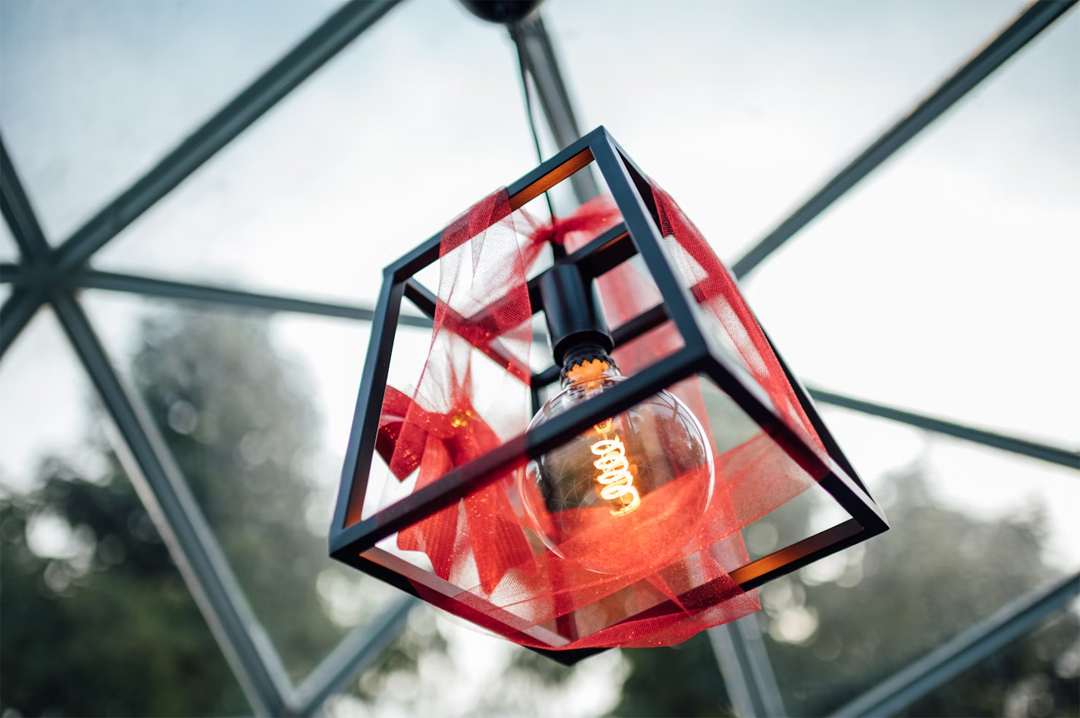
Light serves practical and aesthetic purposes, from illuminating dark rooms to spotlighting art pieces. It has been part of the human experience since time immemorial.
Did you know that, before antibiotics, sunlight played a significant role in controlling infections and preventing the spread of diseases? It can boost our bodies’ resistance to infection.
A comprehensive study has shown that the usage of light goes beyond practicality. It also directly affects a person’s overall well-being. This article will uncover how light correlates with your holistic health and how to harness its beneficial effects.
The Connection of Lighting and Physiological Wellness
Research highlights the intrinsic connection between light and physical health. According to the study, natural light positively affects a person’s well-being. For example, people exposed to sunlight are 94 percent less likely to get diagnosed with tuberculosis. Similarly, falling incidents are significantly lower in households with adequate natural lighting.
The same study also discusses the positive effects of specific artificial lighting on a person’s physical health. Older people with low vision reported an increased quality of life after receiving floor lamps in their living rooms.
The practical impact of natural and artificial lights on your physiological state is very straightforward. In the next section of this post, we’ll discuss its other effects.
How does lighting affect your overall health?
As mentioned, natural and specific artificial lights directly affect a person’s physiological well-being. Additionally, the correct and sufficient amount of light can positively impact your general and mental health. Some of its positive effects on health include:
Improves your mood
Research shows that around six percent of people in the USA experience seasonal affective disorder (SAD), known as the winter blues. On the other hand, people exposed to adequate natural light reported a reduction in their depression scores. Therefore, adding natural light to various parts of your house can enhance your emotional state.
For individuals without access to natural lighting, sufficient artificial light can be a good alternative. It can improve the quality of life of people with low vision. Individuals exposed to a cool, blue 17,000 K light reportedly showed lower daytime anxiety levels than those who didn’t get the same exposure.
Full-spectrum lights are also known for having the same effect as natural daylight. Exposure to it can help lower the stress hormone cortisol in the body and increase alertness. Bright light therapy (BLT) can be a good substitute for people with SAD or who cannot get natural daylight exposure.
It makes you sleep better
Natural and specific kinds of artificial light assist in the maintenance of your body’s circadian rhythm. When exposed to sunlight, an individual will likely have better sleep quality. In fact, individuals who suffer from sleep disorders, including insomnia and delayed sleep phase syndrome, can benefit from BLT.
To prepare your mind and body for slumber, expose yourself to lights that come in yellow, orange, or red hues. These shades are warmer in tone and create a similar effect to the setting sun. By being exposed to these lights, you can signal your body that it is time to rest and start producing melatonin.
While there are lights that can help trigger sleep, there are also lights that could inhibit this transition. Avoid bright and cool-toned lights, such as blue ones from electronic devices. It has short wavelengths that affect melatonin production, so you should reduce your gadget usage in the evening.
Types of Lights for Specific Areas in Your Home
Different areas of your home correspond to particular tasks. You can create the most suitable atmosphere for the intended activity with the appropriate lighting. Here are some of the common types of lighting and their corresponding benefits:
Ambient Lighting
Ambient lighting or general lights are designed to illuminate an entire room evenly. This type of artificial lighting is commonly used for safety and overall illumination. It falls under two categories: indoor and outdoor.
Indoor Lighting
These lights are installed inside your home, including the kitchen, bathroom, living room, and bedrooms. When choosing indoor lighting for your bathroom, choose something bright enough to show your reflection clearly yet warm enough so that your complexion will not reflect a strange hue.
If you’re the type to make a trip to the bathroom in the middle of the night, consider using dim and warm plug-in lights. Using this type of light will prevent you from compromising your sleep. Warm, ambient lighting is also suitable for bedrooms and living rooms since it creates a relaxing atmosphere and promotes social interaction.
Outdoor Lighting
Lights installed on your home’s exterior are designed to ensure visibility and safety. When your home is well-lit outdoors, you reduce the chances of injuries as someone leaves or enters the vicinity.
High-quality outdoor lighting fixtures, like the gas lantern crafted by Visual Comfort & Co., can help you create a luxurious ambiance in your outdoor area. They mimic the effects of natural lights while adding an aesthetic appeal to your residence.
Task Lighting
Task lighting allows people to work more efficiently on an activity they’re doing. Think of the lighting fixtures in your kitchen, where cooking and meal preparation are done. There are focal points in your home that require a more intense bright light. Having the appropriate task lighting can lessen eyestrain and increase focus and productivity as you work.
When choosing a task light, opt for fixtures that provide a pleasant, diffused light to reduce glare. This can create a comfortable environment for extended use. Additionally, ensure a single switch for these focal lights for easy access.
Choose the Right Lights for Your Home
Harnessing the power of light and its benefits positively affects your overall health and wellness. Be creative with your choice of artificial light fixtures or in the warm glow of the sunshine, reaping its advantages. You can even make an aesthetic statement with your selected lighting. Remember, light is your friend and partner towards a healthier and better quality of life.
Comments
comments